Persons and entities with a duty to warn of risks under tort law are often accused of hiding the warnings in the fine print or otherwise not making them sufficiently conspicuous. But the administrators of the Tokyo subway could never be accused of that, as shown in this mural-size slip and fall warning.
If there’s a Guinness Book of World Records entry for the largest risk warning, this one might contend. Good job, Tokyo subway.
Comparative Law Tangent: Many Americans think personal injury lawsuits are common only in the United States and attributable to far out U.S. tort law principles. Actually, basic tort law principles are remarkably similarly throughout much of the world. I learned this co-authoring Practical Global Tort Litigation: United States, Germany and Argentina with Adem Koyuncu and Luis Sprovieri.
Oversimplified, the principal tort law and litigation differences between the United States and many countries can be reduced to five:
1. Higher noneconomic damages (e.g., damages for intangible injuries such as physical and mental pain and suffering, disability and disfigurement) in the United States .
2. The fact that most developed countries have public health care with the result that injured tort victims do not have to sue to recover large medical expense obligations (lifetime medical expenses in the United States for catastrophic injury cases such as quadriplegia can exceed $20 million).
3. The availability of civil punitive damages in the United States to punish and deter particularly egregious wrongdoers, which are not available in most other countries (but other countries may be more willing to criminally prosecute and fine offenders who endanger public safety).
4. The “loser pays” rule that applies in most countries, but generally not in the United States. The loser pays rule requires the losing party to bear not only their own attorney fees and litigation costs, but their opponent’s. In the United States, each side generally bears its own legal fees, win or lose.
5. The wider availability of discovery in the United States. Discovery is a process by which each side gets access to the facts in the possession of the other side, with the goal that all relevant facts will be presented at trial and the case will be decided on those facts.
But I got carried away. The point of this post is that this is one huge warning!



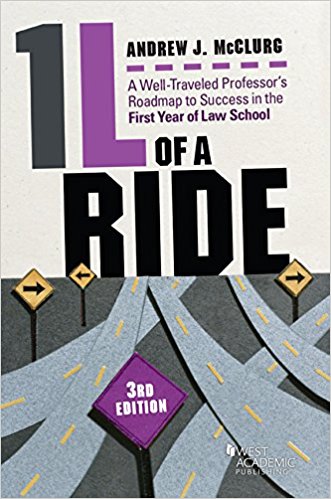
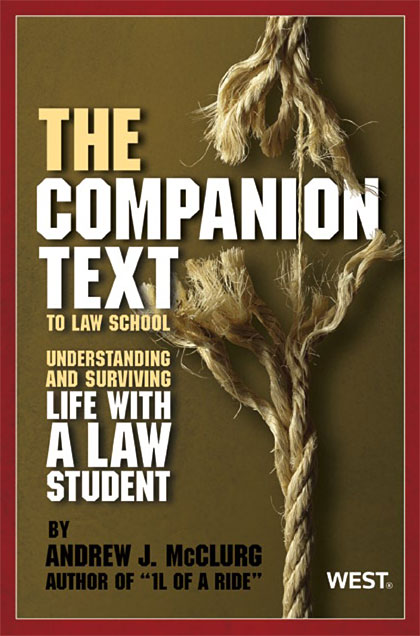




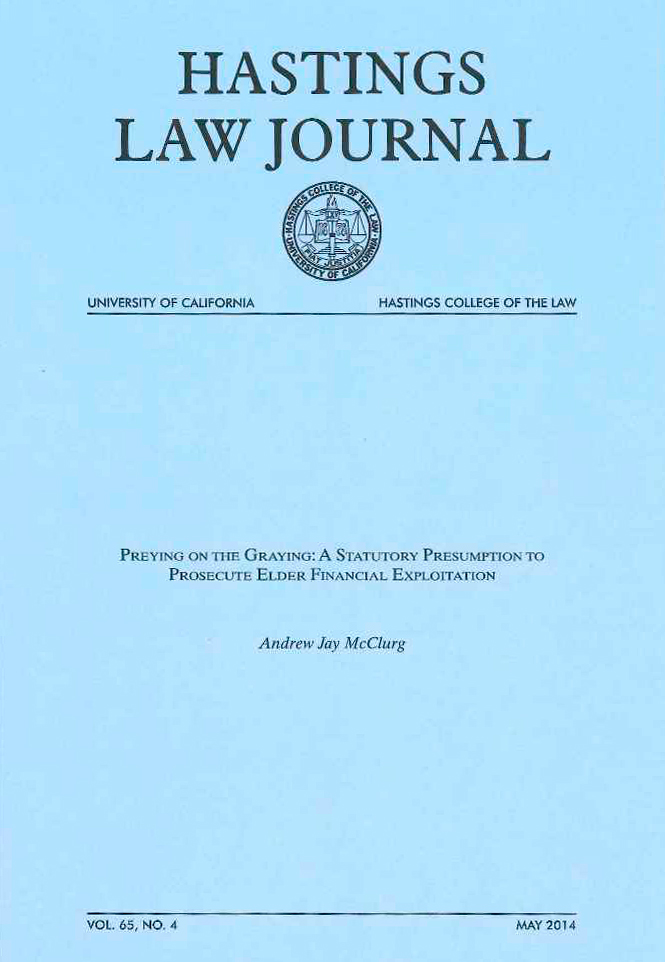
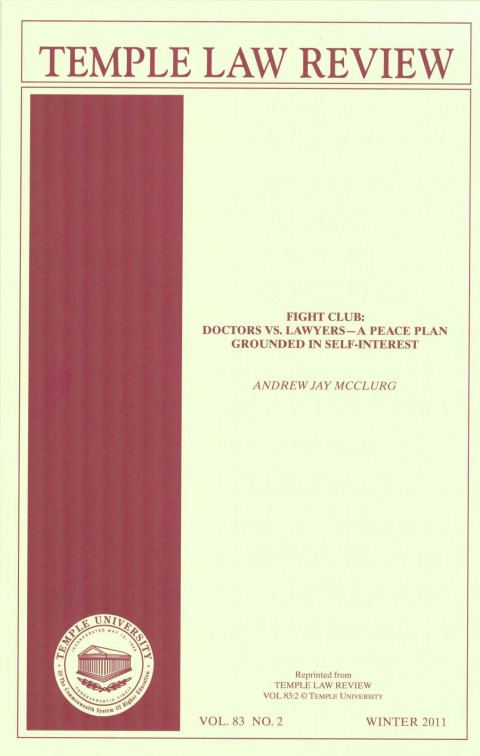
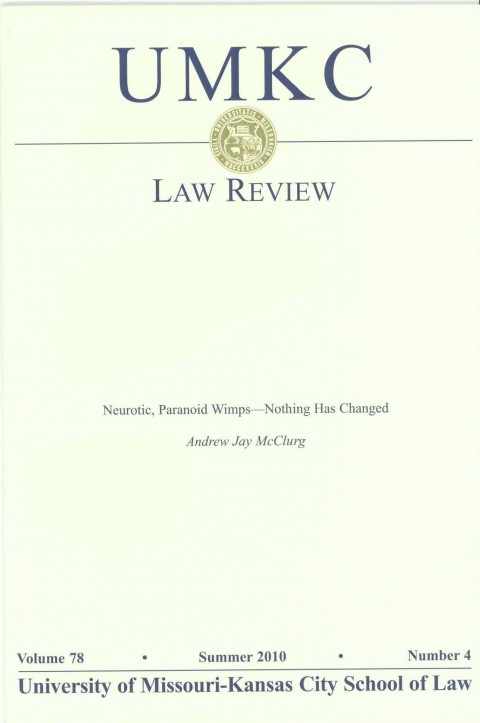
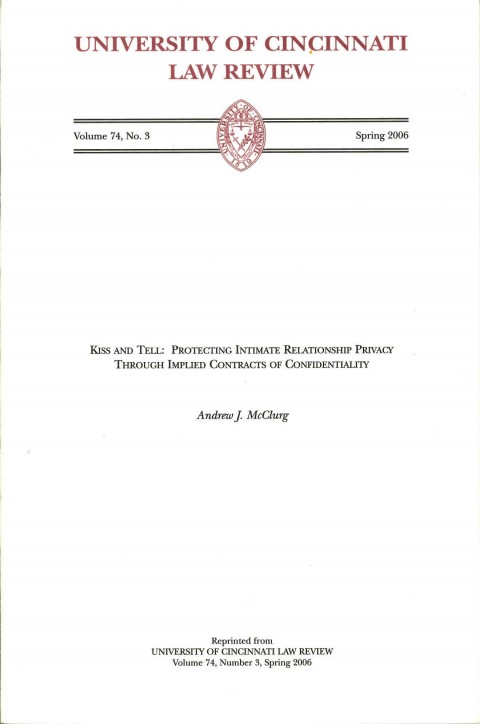
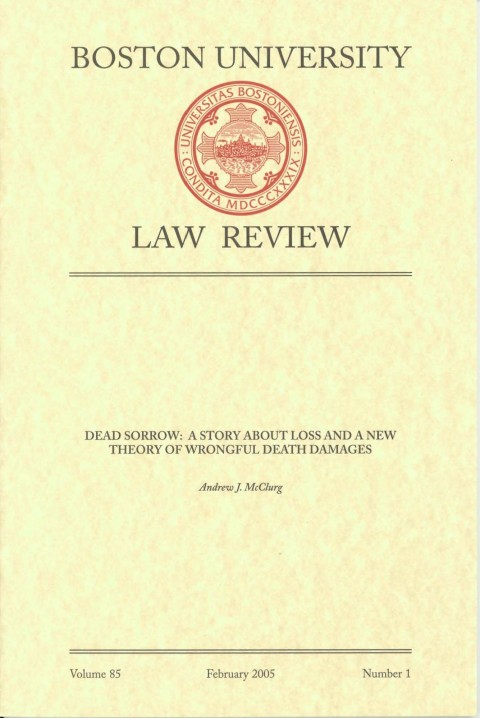
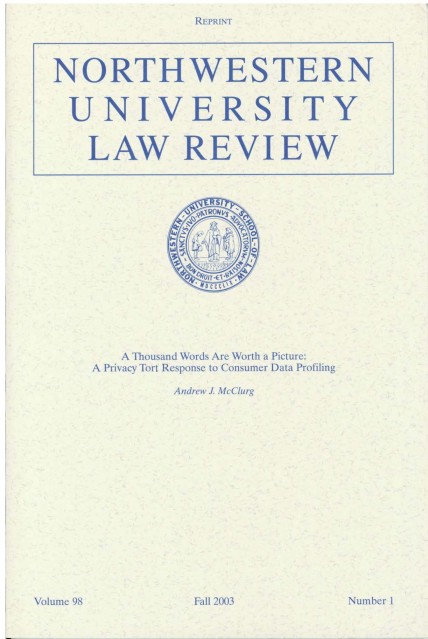
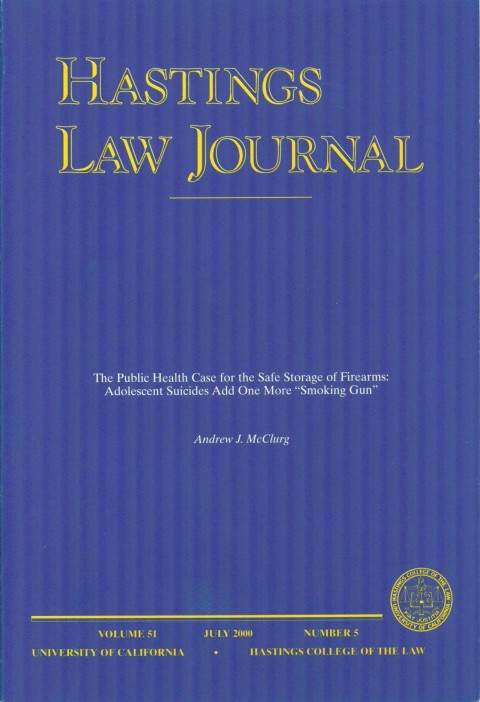
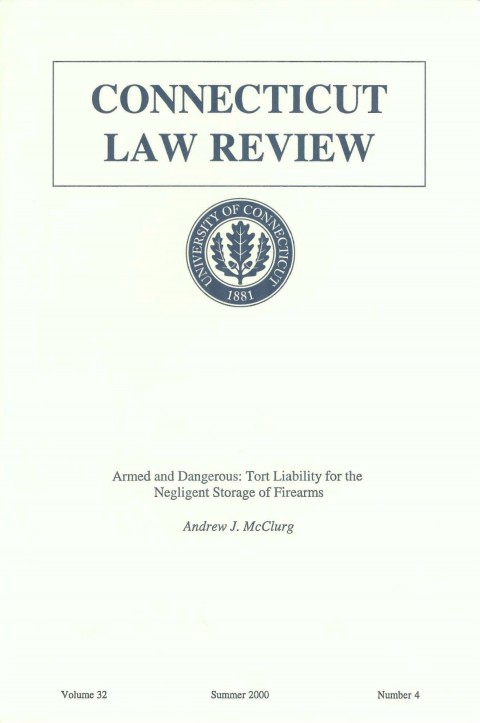

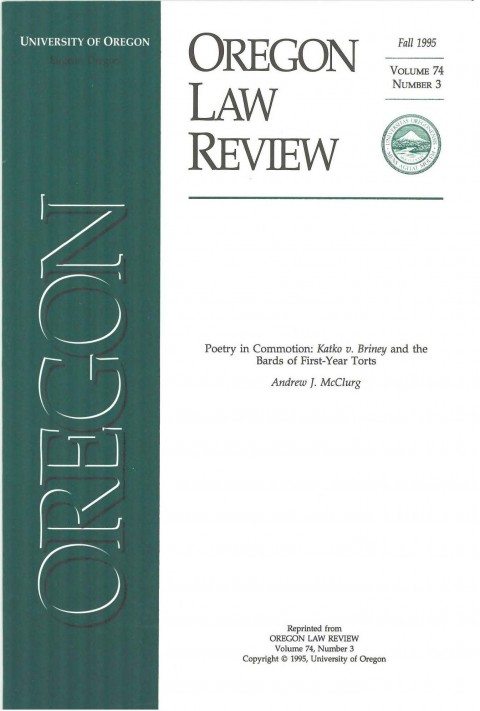
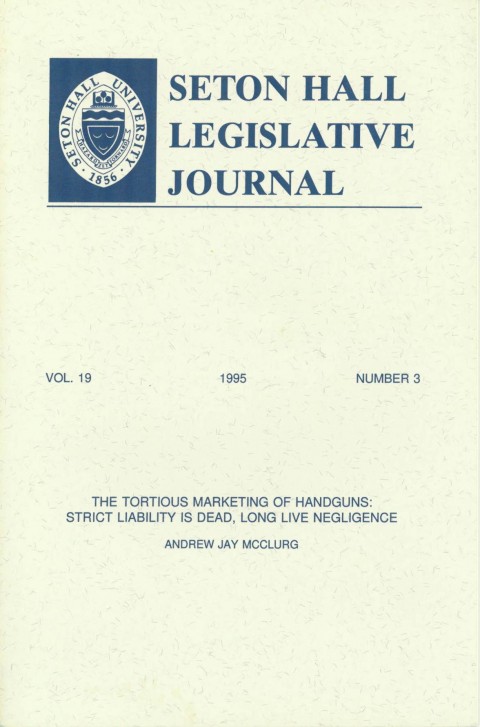
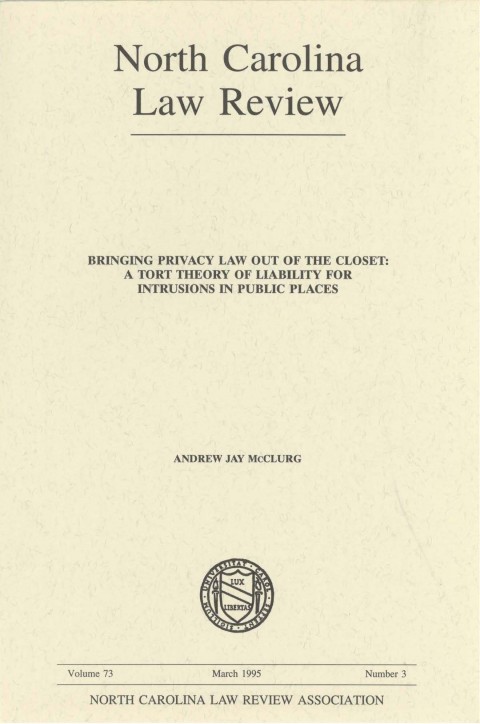
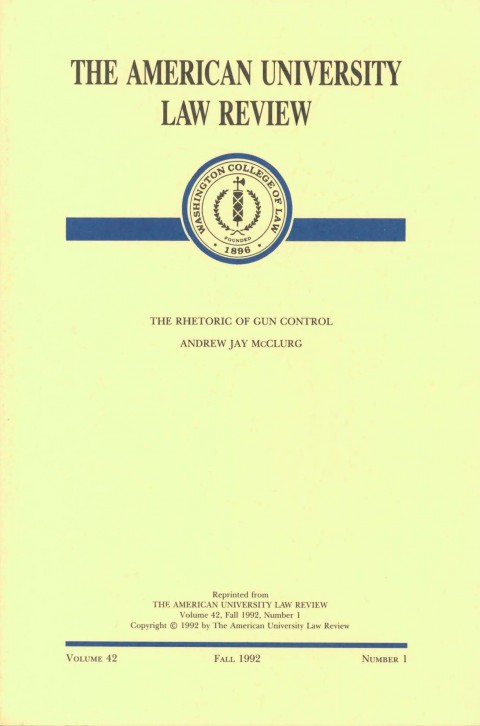
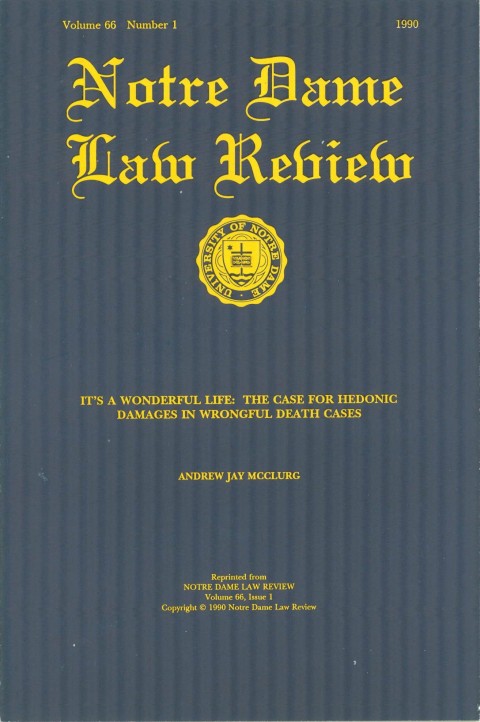
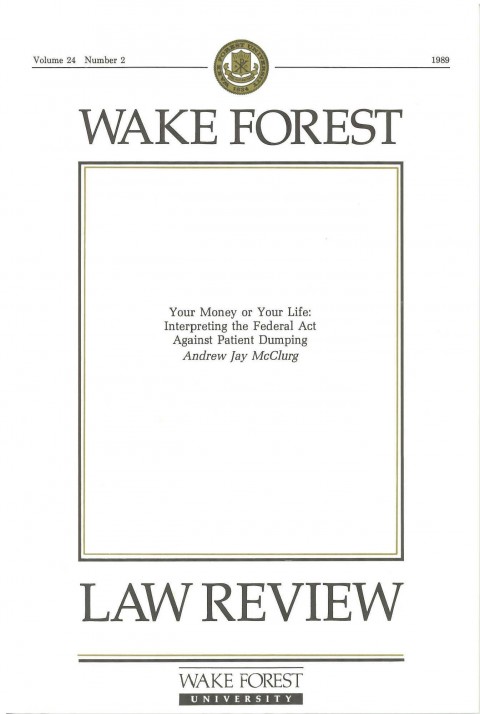
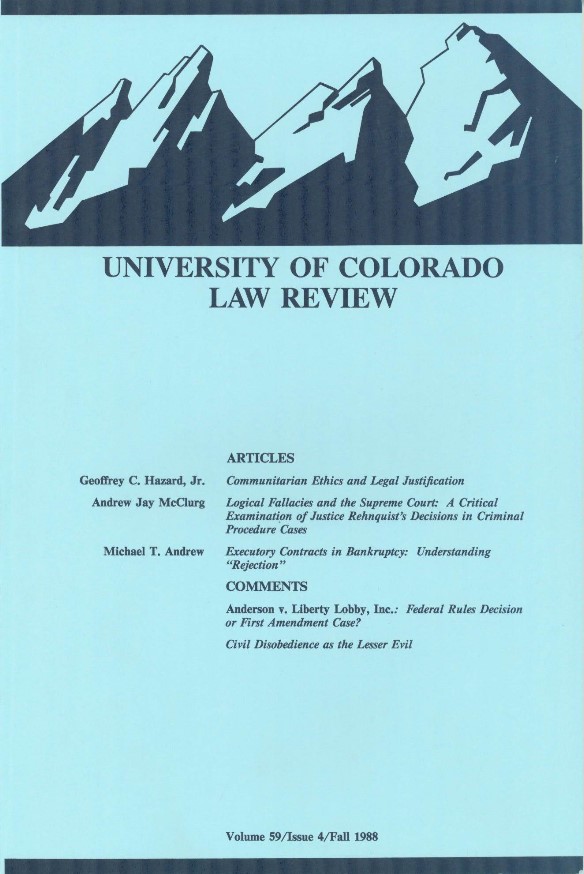
Leave a Reply